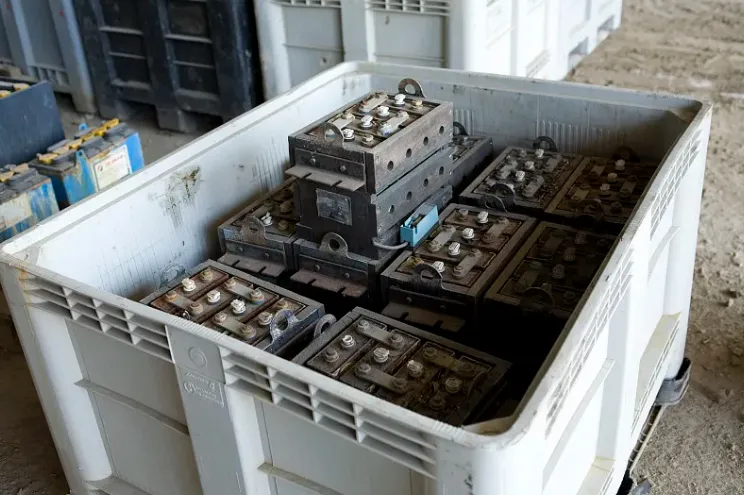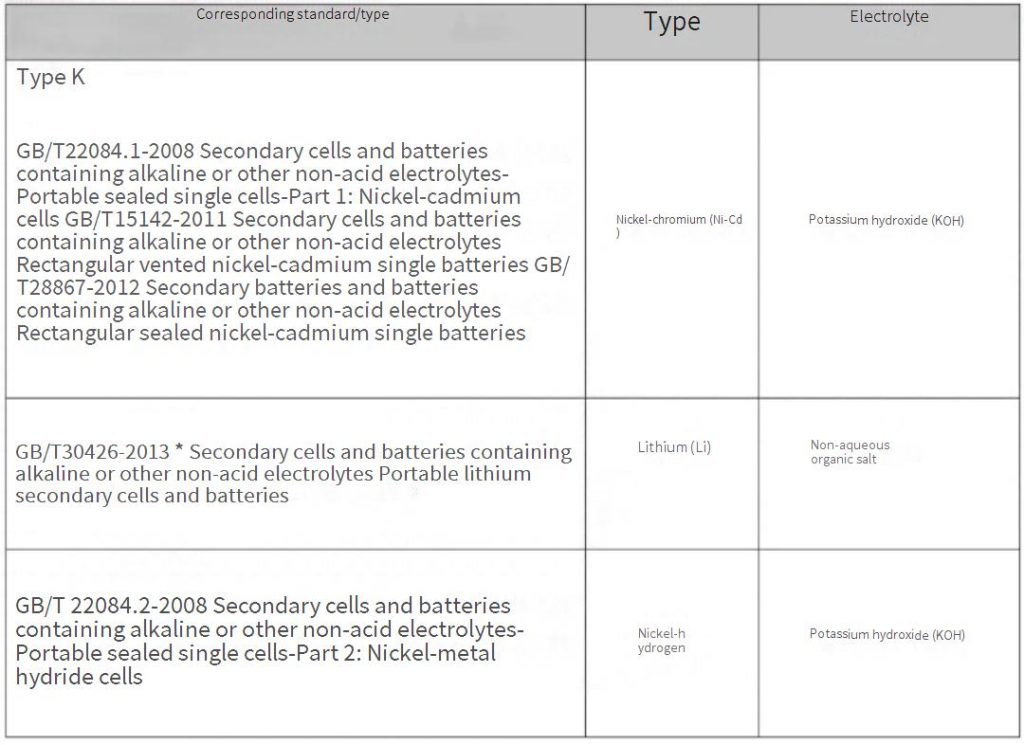Regardless of the electrochemical type, the batteries (or battery packs) used inside the flameproof enclosure should prevent the formation of flammable mixtures of electrolytic gases (usually hydrogen and oxygen) within the flameproof enclosure.
1.The types of batteries that can be used in explosion-proof enclosures are as follows:
(Note: The table is not provided in the original text, so it is not included in When equipment undergoes IECEx certification, the requirements for lithium-ion batteries are stipulated in IEC 61960-3:2017, “Secondary cells and batteries containing alkaline or other non-acid electrolytes – Secondary lithium cells and batteries for portable applications – Part 3: Prismatic and cylindrical lithium secondary cells, and batteries made from them”. The rated voltage of lithium-ion batteries (or battery packs) shall not exceed 60 VDC, and the energy shall not exceed 500 W·h.
2. Restrictions on the use of batteries in flameproof enclosures Exhaust type or open type batteries shall not be used; Valve-regulated sealed batteries can be used, but only for discharging purposes. Airtight storage batteries that meet the requirements may be charged inside flameproof enclosures.
3. Flameproof enclosures containing batteries shall be marked with the warning “Caution: Do not open in explosive gas atmospheres”. This warning mark is not required if the battery and the circuits connected to it meet the requirements of intrinsically safe type and the battery is not charged during operation.
4. Battery packs and the safety devices connected to them shall be securely installed.
5. There shall be no relative displacement between the battery and the safety devices connected to it.
6. The requirements of 4 and 5 above shall be met before and after the enclosure test.


